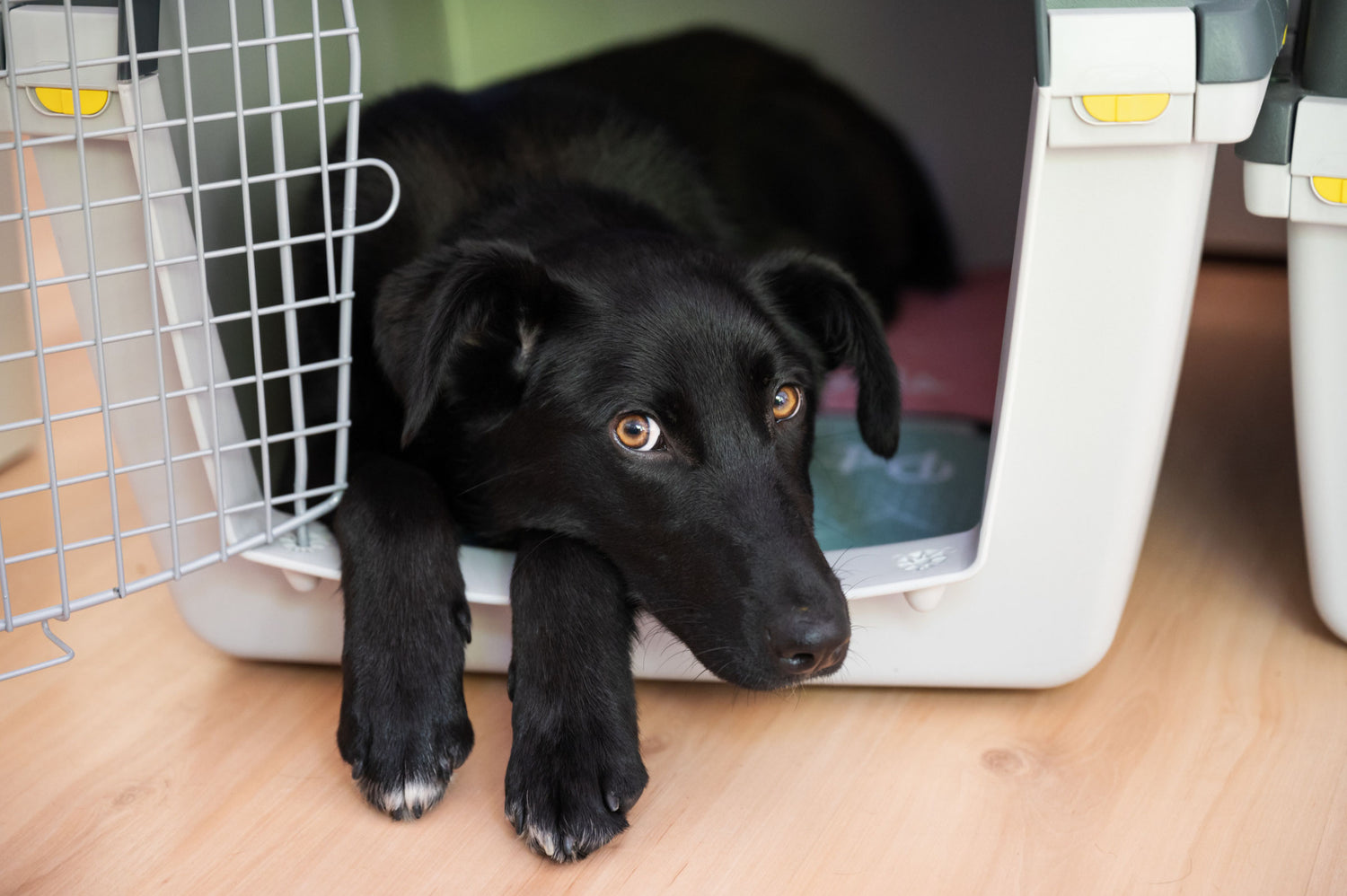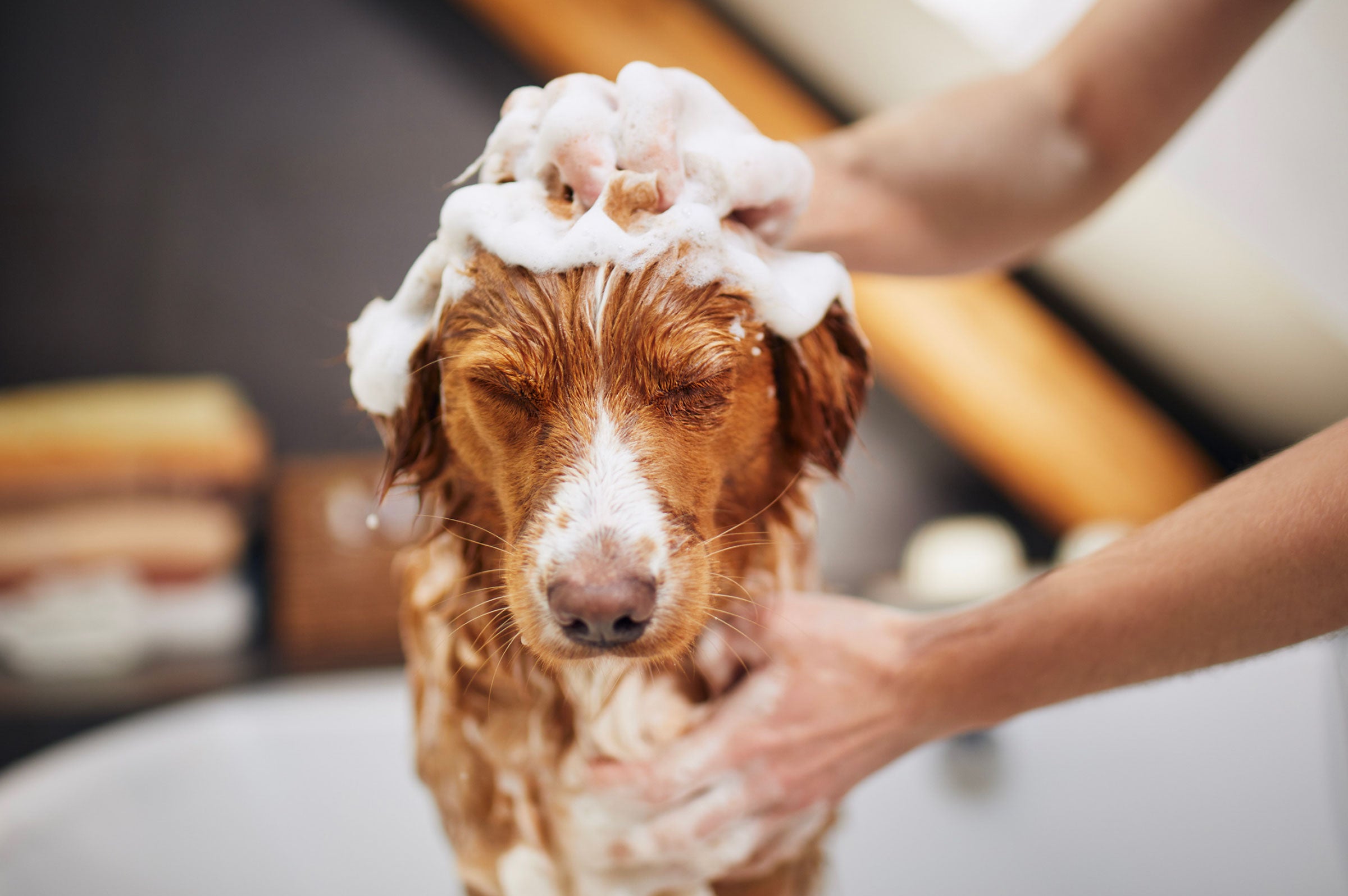Bringing a new dog into your home is an exciting time filled with bonding and joy. However, it can also come with challenges, especially when your new furry friend seems reluctant to leave the safety of their crate. While it might be concerning to see your dog spending too much time in their crate, it’s often a normal part of their adjustment process. Here’s a look at why your new dog might prefer the confines of their crate and what you can do to help them feel more comfortable.
The Safety of the Crate
For many dogs, especially those who have experienced shelter life or multiple homes, crates represent a safe haven. A crate is a controlled, small space that helps reduce anxiety because it limits their exposure to the overwhelming stimuli of a new environment. If your dog is spending a lot of time in their crate, it’s likely because they feel secure and protected there.
Adjustment Period
Every dog adjusts to new surroundings in their own time. For some, the new smells, sights, and sounds of your home can be overwhelming, making the familiarity of a crate particularly comforting. The adjustment period can last several days to months, depending on your dog’s past experiences, personality, and the environment you provide.
Building Confidence Outside the Crate
To help your dog become more comfortable outside their crate, it’s essential to create positive associations with the rest of your home. Here are some strategies to encourage your dog to venture out:
- Create Positive Experiences: Use treats, toys, and gentle petting to make interactions outside the crate enjoyable. Encourage playtime in areas outside the crate, gradually increasing the time spent outside.
- Keep the Environment Calm: Avoid loud noises and sudden movements that might startle your dog while they’re exploring outside of the crate. Keeping your home calm and quiet can make your dog feel safer and more likely to leave their safe zone.
- Be Patient and Consistent: Allow your dog to explore at their own pace. Never force them to leave the crate; instead, keep the door open and let them decide when they’re ready to come out.
- Routine is Key: Dogs thrive on routine, as it makes their world predictable. Establish a regular schedule for feeding, walks, and playtime, which can help your dog feel more secure and understand that their new environment is safe.
- Training and Socialization: Once your dog seems a bit more comfortable, consider basic training classes and gradual socialization. This can build confidence and reduce anxiety about their new surroundings.
When to Seek Help
If your dog shows no signs of progress after several weeks, or if they exhibit signs of severe anxiety (like trembling, panting, or refusal to eat), it might be time to consult a professional. A veterinarian or a certified animal behaviorist can provide guidance tailored to your dog’s specific needs.
Conclusion
Remember, the key to helping your new dog transition out of the crate is patience and understanding. By providing a safe, calm environment and gradually introducing them to new experiences, you can help your new companion become more comfortable in their new home. This process not only helps your dog learn to trust you but also builds a strong foundation for your future relationship.
Regardless of the age of your pet, maintaining their health fosters a positive experience for everyone in the household! That’s why Pet Wellness Direct offers a comprehensive range of Veterinarian-Strength supplements tailored to the needs of your beloved dog and cat. Keep an eye on our product page for exciting new additions, including upcoming calming products, designed to enhance your pet's well-being.
For ongoing guidance and insights into pet ownership, health, and wellness, be sure to follow our Pet Wellness Direct blog. We're here to address all your questions and concerns



